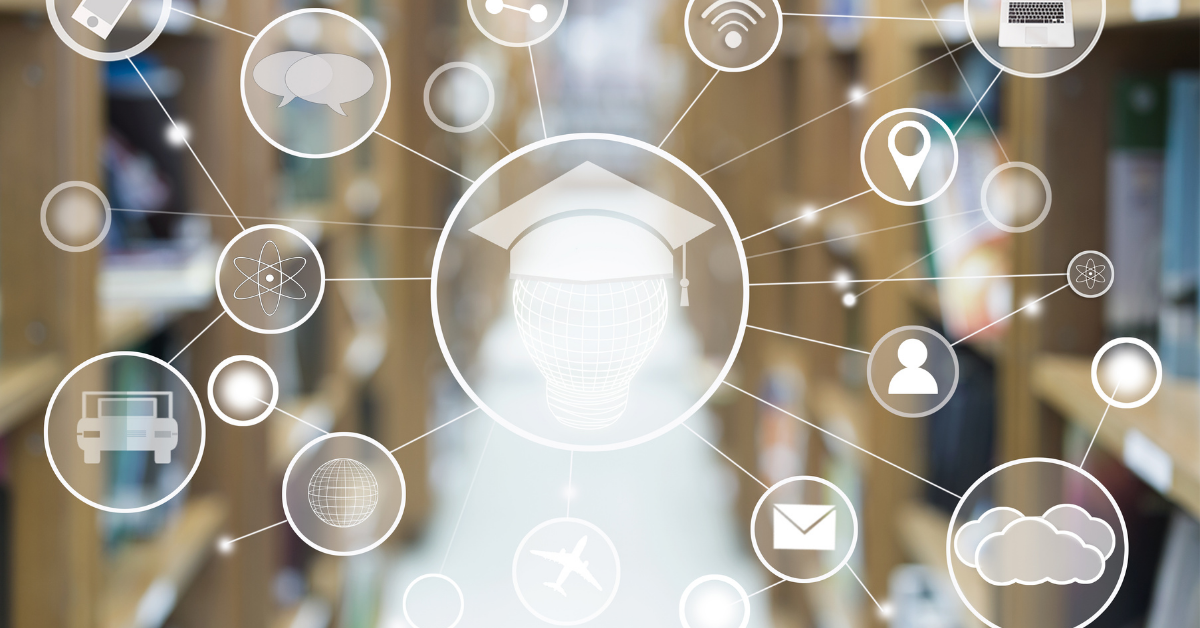
Like virtually all parts of the economy, the education sector has undergone dramatic changes since the emergence of COVID. In-person teaching virtually disappeared, with online learning taking its place across the world.
As schools, universities and colleges continue to put the health and welfare of students at the forefront, a blended learning approach is expected to remain popular. By utilising biometrics solutions, educational institutions can prepare for this ongoing transformation and meet the growingly complex needs of students.
While there are examples of biometrics being used in schools as far back as 2005 in the UK, the success of these tools is leading to an increase in interest. Educators, too, will benefit from the automatic collection of biometric data as they will be able to clearly identify inappropriate attempts to access private physical areas or online resources.
Numerous applications
One of the most effective and popular uses of biometrics in education has been the tracking of attendance in schools. Due to the unique nature of each fingerprint, students simply need to quickly place their finger on a scanner and the school will immediately know they are on the grounds. Biometric attendance monitoring not only reduces the need for inefficient roll-calls before lessons, but the automatic nature of the system allows administrators to identify truancy issues easily.
Schools and universities can also use these systems to achieve cashless catering and reduce the need for costly additional payment processors. There are countless uses for fingerprint biometrics in education including everything from replacing lost ID cards and library cards to accessing computers and printers.
Fingerprint, face, iris or voice recognition could also be used to allow exam boards and academic institutions to verify the identity of exam takers. English test provider, IELTS, rolled out a fingerprint recognition system for many exams several years ago, which has been shown to enhance academic integrity.
Over the course of the pandemic, the majority of exams moved from being taken in-person to an at-home assessment. With this change, ensuring that the correct student is taking the exam is even more vital.
As Carol Chris, ANZ General Manager at GBG noted, “For exams that take place online, educators need to be able to ensure the student taking the exam is who they say they are, from the start to the end of the assessment. Biometric technology in these scenarios introduces a higher level of security and reliability than traditional systems of inserting a pin or password.”
Secure environment
Protecting students and staff alike from unauthorised visitors is a complex challenge, especially at large-scale institutions. But safety can be greatly increased through biometric-enhanced access control to verify all individuals who try and gain entry to a university or school.
Areas that are off-limits to students can also be protected through restricted biometric security access. Sensitive student files and expensive property can be better protected with biometric access security, which eliminates the risk of lost keys or other human errors.
Despite the popularity of many biometric tools in the education sector, a number of concerns are preventing more widespread usage. Privacy and security concerns around how biometric data is stored and used, in particular for those aged under 18, is stopping some schools from fully embracing this technology. In the US for example, New York became the first state to enact a moratorium on biometric identifying technology in schools— prohibiting such technology until at least July 2022.
Yet, in the hybrid learning environment that sees some students learning from home and others attending in-person classes, the use of a unified biometric system that has the capacity to join-up the educational experience for students, could be a valuable addition.
Written by Finbarr Toesland







